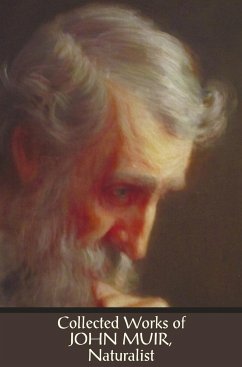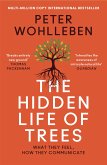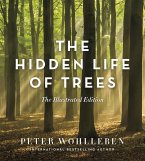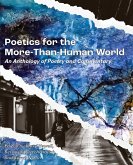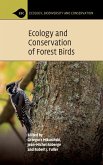John Muir (1838- 1914) was a Scottish-born American naturalist, author, and the modern day "patron saint of ecology". His writings on his adventures in the various wildernesses of America have been enjoyed by millions. His ecological activism helped to preserve many of the national parks, enabling others to enjoy nature. He founded the Sierra Club, which is one of the most important conservation organizations in the United States. Although his upbringing put him off religion for life he was an immensely spiritual man, and this quality and enthusiasm pervades all his writings, inspiring his readers, including politicians to preserve the natural landscapes. For this reason he is known as the "Father of the National Parks". Author William Anderson, said that Muir exemplified "the archetype of our oneness with the earth", and biographer Donald Worster said he believed his mission was "...saving the American soul from total surrender to materialism." The Mountains of California (1894) draws on his many, decades of exploration, describing with poetic beauty and awe the lakes, mountains, plants and animals. Stickeen (1909) is Muir's most popular book, describing his adventures in Alaska with a dog. My First Summer in the Sierra (1911) is Muir's description of his spiritual awakening when he first encountered the mountains and valleys of central California. The Story of My Boyhood and Youth (1913) is Muir's autobiography, detailing his strict upbringing in Scotland, his emigration with his family to America, aged eleven, and of his first delight with the natural world. Travels in Alaska (1915), In the late 1800s, Muir made several trips to the pristine, unspoilt territory of Alaska, drawn to its beauty and purity, its glaciers and its wild animals - bears, bald eagles, wolves, and whales. The Cruise of the Corwin (1917), In 1881, the steamship Thomas Corwin voyaged into the treacherous Arctic seas to search for the lost ship Jeannette, which had been lost. The ship was not found, but Muir's account of this expedition is poetic and magical, describing the glaciers, vegetation and seas of this mysterious land. Steep Trails(1919), This book was derived from letters, articles and local publications written by John Muir, arranged in roughly chronological sequence. The chapters describing Nevada, San Gabriel and Utah were written in the field, and have great immediacy, describing Muir's first impressions. The Yosemite(1920), In this book Muir recounts his adventures during the years he lived in the Yosemite Valley's spectacular scenery. Muir captures the breath-taking beauty of the area alongside his most ambitious adventures; looking over the brink of Yosemite Falls, climbing a hundred feet up into a high, hollow ice-cone, and climbing to the top of Half Dome, covered with a fresh blanket of snow.
Bitte wählen Sie Ihr Anliegen aus.
Rechnungen
Retourenschein anfordern
Bestellstatus
Storno

